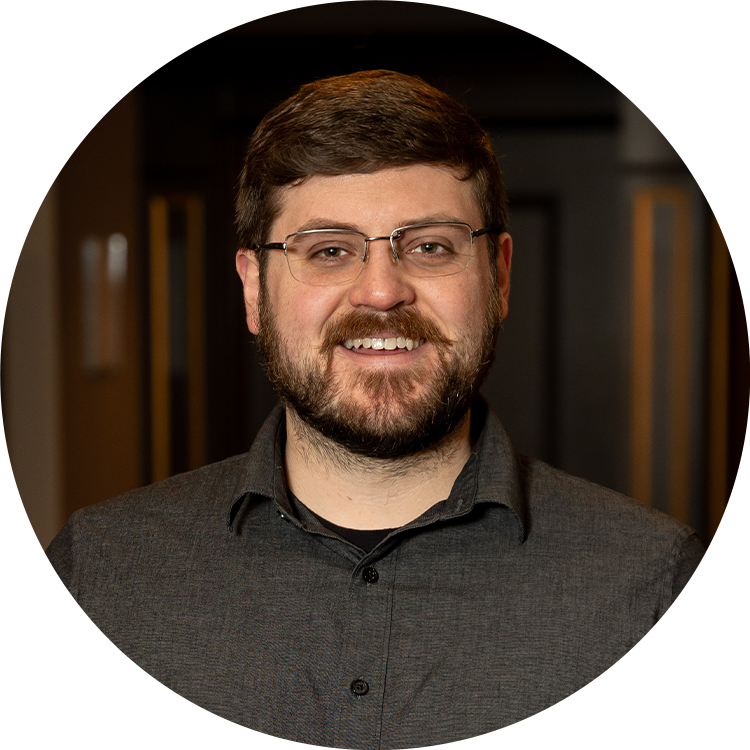Featuring tried-and-true AudioQuest design elements along with ZERO-Tech for no characteristic impedance, Brave Heart has significantly more conductor metal than its predecessors while being more physically manageable thanks to its positive and negative sides being housed in separate round constructions. The result is a quieter cable that delivers the torque and bottom-end grip of a larger model.
ZERO-Tech
The only way to prevent characteristic-impedance mismatch-effects between a cable and its attached source and load circuits is for the cable not to have a characteristic-impedance. ZERO-Tech accomplishes this by eliminating any electrostatic field between the cable’s high and low signal conductors — enabling uncompressed current transfer. All-important transient current is unrestricted, and RF-Noise Dissipation is linearized (consistent octave to octave).
Solid Perfect-Surface Copper+ Conductors (PSC+)
High-purity PSC+ conductors prevent strand interaction, a major source of ear-fatiguing transient intermodulation distortion. The astonishingly smooth and pure PSC+ further eliminates harshness and greatly increases clarity compared to OFHC, OCC, 8N and other premium coppers.
Level 7 Linear Noise-Dissipation
The Earth is permeated with RF-Noise from satellites, cellular, WiFi, etc. Brave Heart’s Graphene+Carbon Mesh-Network, ZERO-Tech, direction-controlled metal, 72v DBS, and silver-plated shield drains effectively minimize damaging RF-Noise.
72v Dielectric-Bias System (DBS) with RF Noise-Trap
Insulation is also a dielectric that acts like a shunt-filter. Biasing the dielectric both minimizes dielectric-noise and linearizes the filter, significantly improving wide-bandwidth dissipation of induced noise.
4% Silver Shield Drains
4% Silver-Plating is applied to the high-quality copper base metal to improve noise dissipation.
Cold-Welded Red-Copper Spades or Bananas
Cold-Welding avoids the introduction of heat and distortion-causing materials like solder. The bare parts are submerged (hung) in silver instead of tumbled in a lower-grade solution. Speaker breakouts and plug casings are synthetic, not metal, to avoid inducing RF Noise into the conductors.
Directionality
All drawn metal strands or conductors have a non-symmetrical, and therefore directional, grain structure. AudioQuest controls the resulting RF impedance variation so that noise is drained away from where it will cause distortion. A fundamental aspect of AudioQuest’s multifaceted Noise-Dissipation technology, Direction-Controlled Conductors ensure induced noise is dissipated and drained properly.





























